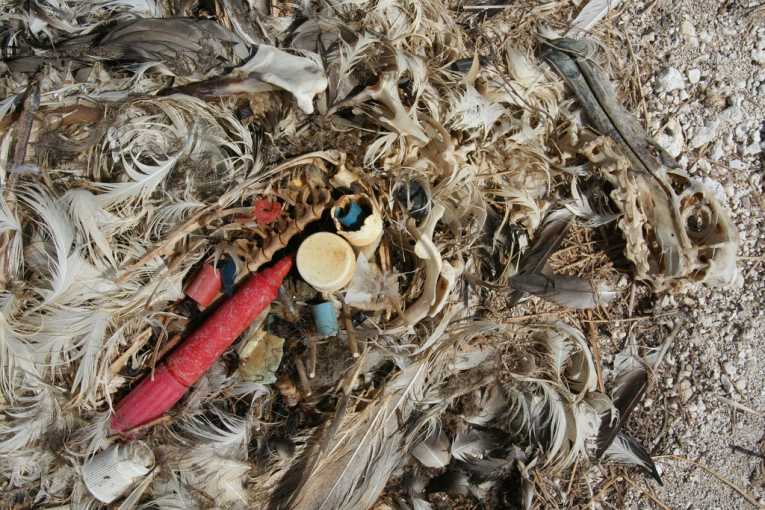There is a lot of plastic detritus in the oceans of our planet - that is certainly true, and owing to oceanic currents, a large amount of it eventually ends up in the North Pacific. This area is named "The Great Garbage Patch" and has been decribed as "Twice the size of Texas" or that "Plastic outweighs plankton" in it.
New research from Angelicque White, an assistant professor of oceanography at Oregon State University questions these statements: "There is no doubt that the amount of plastic in the world's oceans is troubling, but this kind of exaggeration undermines the credibility of scientists," White says. "We have data that allow us to make reasonable estimates; we don't need the hyperbole. Given the observed concentration of plastic in the North Pacific, it is simply inaccurate to state that plastic outweighs plankton, or that we have observed an exponential increase in plastic." White has analysed studies and participated in one of the few expeditions solely aimed at understanding the abundance of plastic debris and the effect of plastic on microbial communities.
The conclusion White has reached is that the actual size of the patch is about 1% of the size of Texas," The amount of plastic out there isn't trivial," White says. "But using the highest concentrations ever reported by scientists produces a patch that is a small fraction of the state of Texas, not twice the size."
There is much more to be learned about the concentration of plastic in the seas. Woods Hole Oceanographic Institution found that the amount of plastic in the Atlantic Ocean hasn't increased since the mid-1980s – despite greater production and use of materials made from plastic since then.
"Are we doing a better job of preventing plastics from getting into the ocean?" White said. "Is more plastic sinking out of the surface waters? Or is it being more efficiently broken down? We just don't know. But the data on hand simply do not suggest that 'plastic patches' have increased in size. This is certainly an unexpected conclusion, but it may in part reflect the high spatial and temporal variability of plastic concentrations in the ocean and the limited number of samples that have been collected."
Plastic either floats or sinks. It gets broken down into smaller and smaller particles which can cause harm when they are ingested by fish or seabirds. Plastic can harbour colonies of microbes and also release toxins into the sea, although it can also capture them. "Plastic clearly does not belong in the ocean." says White. However the cost and damage done by trying to remove the plastic might not make it worthwhile to attempt.
It is costly in both energy and money terms to remove plastic from the seas.Plastic also covers the ocean floor, particularly offshore of large population centres. A recent survey from the state of California found that three percent of the southern California Bight's ocean floor was covered with plastic - roughly half the amount of ocean floor covered by lost fishing gear in the same location. But little, overall, is known about how much plastic has accumulated at the bottom of the ocean, and how far offshore this debris field extends.
It is a common illusion that plastic oceanic masses can be seen from space. There are no tropical plastic islands out there and, in fact, most of the plastic isn't even visible from a boat.
Fortunately there are areas of the ocean largely unpolluted by this debris. A recent trawl White conducted in a remote section of water between Easter Island and Chile found no plastic at all.
White concludes that it is good news that the "garbage patch" doesn't seem to be as bad as advertised, and the lesson we should learn is that "Since it would be prohibitively costly to remove the plastic, we need to focus our efforts on preventing more trash from fouling our oceans in the first place."
Source: Oregon State University.










